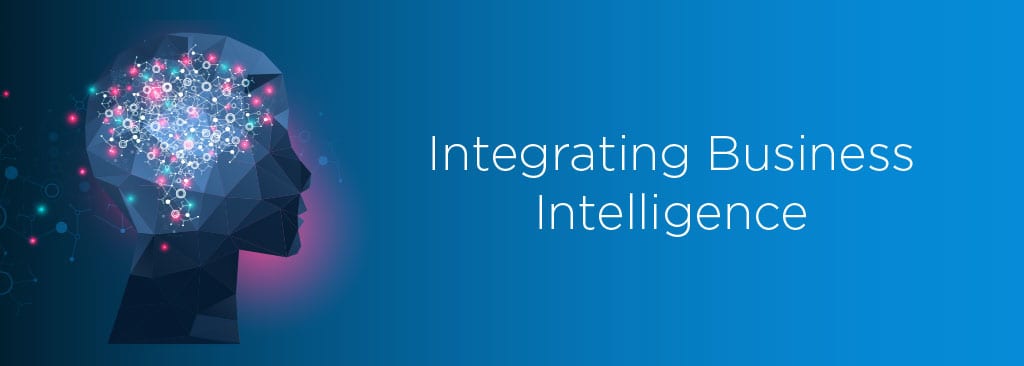Which Metric? Unexpected Call Center Business Intelligence Insights
Leaders use call center business intelligence (BI) to solve some sticky issues. What’s slowing down productivity? Which calls are problematic? What affects the bottom line the most? BI can reveal kinks in many mission-critical processes. Here are a few strategies to get those insights from your screen to the bottom line.
Agree on the Goal
A great deal of wasted time and effort can be avoided if there is agreement on what matters most. Make sure to get everyone on board with the overall mission of the call center before prioritizing and setting up metrics.
You might be surprised how different managers view different numbers. Some may prioritize customer satisfaction metrics. Others may believe handle time is the ultimate driver of success. Some may even say a quick sale isn’t as important as a great impression. Carefully consider which call center business intelligence helps drive your contact center’s growth and profitability, and the numbers that support them will be easy to identify.
Here we’re going to focus on two main call types: sales/payments and account servicing, and show you how some metrics can open windows to agent improvement.
Sales/Payments as a Goal
Tracking dollars is a no-brainer for most operations—but there is nuance to effective KPI tracking and gaming prevention. Solid call center business intelligences tracks metrics like transfers, disconnects, and non-sale handle time to determine where your agents put their effort.
• Transfers: Some agents are tempted to pass off unpleasant or difficult calls to other agents or departments. Watch for outliers within the same call group to see who might be transferring in situations where they could handle the caller themselves.
• Disconnects: Over time, all call centers discover the impact of disconnects on customers. In a situation where agents are rewarded for dollars collected, it can be tempting to “accidentally” end a call where a sale or payment feels unlikely. “Don’t let this happen to you!”
Agents will benefit from this naughty behavior, too, with artificially low handle time averages and higher daily sales. However, the company will suffer. Underserved customers, missed opportunities and angry reactions are piling up with every hang-up.
Tip: A great way to find the balance of “real” handle times (and other metrics) is to take a sample of your most ethical agents—you’ll know who they are. Set their numbers as a starting point for standard for daily goals. They can always be adjusted as the teams get better at their jobs.
Another Tip: Occasionally, a customer must be dropped from the line. Some customers are not at their best when on the phone! So, consider flexibility in situations where forgotten phone calls, swearing or screaming come into play. Have a professional script ready, too. It can be tough to come up with a polite closing phrase when under a barrage of foul language. Customers will remember when agents did their best to encourage a callback and kept the lines of communication open—so to speak.
• Handle Time on Sales/Payments vs. No Deal Made: Customers can have many reasons for not committing to a payment or sale. Long calls where the persuasion process failed are a great opportunity to teach negotiation, objection handling and conversational technique. Find those long calls where it all went upside down at the end and listen to them.
Customer account handling frequently comes up on payment and sales calls. (Account servicing calls can be isolated and separated through a well-made IVR pathway.) Listen to the long calls classified as service to see if your agents know what they need to shorten resolution time—it will give them more time to handle those awesome dollar-value customers! If the calls are mixed into sales or payment call groups, create a checkbox for common or lengthy service items to track and discover how they quickly resolved issues and transitioned to the sale, and pass along their techniques to the whole floor.
Five-Star Customer Service as the Goal
• Handle Time vs. FCR: In service-based call centers, First Call Resolution (FCR) is a top metric. There are, however, more factors that play into customer satisfaction. If managers and directors weigh FCR alone, they risk putting pressure on agents to keep callers on the line, even in situations where their time is being wasted. Openings from this behavior come from undefined call-handling policies. An example of poorly handled customer time would be an agent placing customers on hold when they need to do research with a 3rd party. Offering callbacks will improve customers satisfaction—but be sure to adjust the FCR goal to reflect these approved callbacks in your call center’s business intelligence initiatives.
• Call Wrap-Up Duration: Call wrap-up in almost any call should be short. Why? Customers are the source of key information for any call resolution. If wrap-up is taking a great deal of time for any agent, it could be they are trying to solve problems that were unaddressed while they had the chance to speak with the customer.
• Total Daily Calls per Agent: This one applies to all call types. Those agents who successfully handle the most calls are usually phone vets and prodigies. Find these verbal virtuosos and take time to listen to their difficult calls. Probe them on how they shorten the distance to call closure. Discover how they handle their resources and what “cheat sheets” or unusual, unexpected assets they keep close at hand. We’ll save you some time and let you know a killer secret to the best agents—they have both the business’ and customer’s best interests at heart.
These are some of the quickest pathways to rapid improvement and insight for some very common call types across all call centers. If you’re looking for more insight into turning metrics into progress, set up a demo to have a TCN pro walk you the moving parts, or check out this gallery of TCN’s hottest intelligence dashboards.
